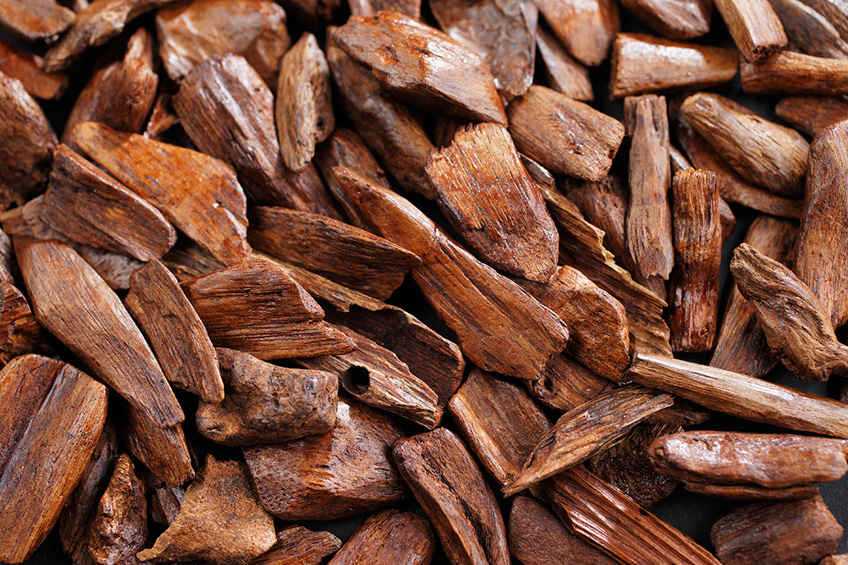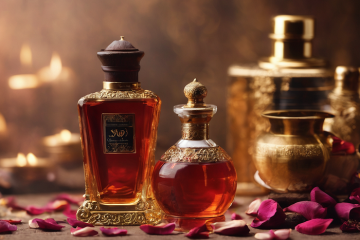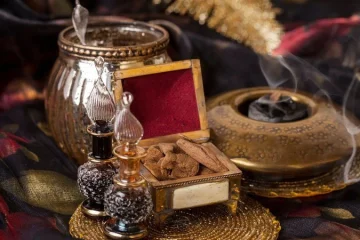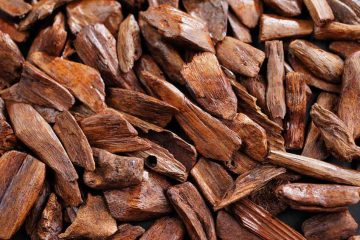In the world of perfumery, one name stands out for its rich history and captivating aroma – Oud. Derived from the heartwood of specific trees, oud is a fragrance that transcends time and culture. Delving into the intricate process of how oud is made opens a doorway to a world where tradition meets innovation, and nature’s essence is transformed into olfactory artistry.
Unveiling the Oud: An Overview
As we embark on this aromatic journey, let’s first decipher the essence of oud. Oud, often referred to as “liquid gold,” holds unparalleled significance in various cultures worldwide. Its roots delve deep into history, intertwining with ancient rituals, religious ceremonies, and personal adornment.
The Oud Tree: Birthplace of the Essence
Within the lush landscapes of Southeast Asia and parts of the Middle East, agarwood-producing trees stand as silent architects of oud’s allure. The Aquilaria and Gyrinops species, often found nestled in the heart of dense forests, play host to the transformational process.
The Precious Heartwood: Formation of Agarwood
Agarwood, the soul of oud, is a result of a natural alchemy within the tree’s core. Under specific conditions, the tree responds to external stressors by producing a resin-rich heartwood. This resin, with its unique aromatic compounds, is the foundation of the distinctive oud fragrance.
Harvesting Oud: A Delicate Art
In the pursuit of oud, timing is everything. Harvesting at the optimal moment ensures the resin concentration is at its peak, guaranteeing a potent and exquisite final product. Sustainable harvesting practices become paramount, safeguarding the delicate ecological balance.
From Raw Material to Fragrant Oil: Oud Extraction
Traditional methods, such as hydrodistillation, have been the backbone of oud extraction for centuries. However, modern techniques, including supercritical fluid extraction, showcase the industry’s evolution. The extraction process is a delicate dance, preserving the essence without compromising its integrity.
Oud Distillation: Unraveling the Aromatic Symphony
As the extracted essence journeys through the distillation process, the aromatic symphony of oud unfolds. Head and tail fractions are meticulously separated, ensuring only the purest and most vibrant notes are captured. Quality control measures become the guardian of this intricate process.
The Role of Terpenes: Oud’s Fragrance Profile
To truly understand oud, one must delve into its chemical composition. Terpenes, the aromatic molecules responsible for the fragrance, differ across oud varieties. This diversity creates a nuanced olfactory experience, ranging from woody and earthy to sweet and spicy undertones.
Oud in the Market: Grades and Pricing
The market for oud is as diverse as the fragrance itself. Grading criteria, influenced by factors such as resin quality and aroma complexity, dictate the pricing. A meticulous process of evaluation ensures that each grade reflects the essence of the specific oud variety.
Oud’s Versatility: Beyond Perfumery
Beyond its role in perfumery, oud has woven itself into the tapestry of traditional medicine and sacred rituals. The aromatic journey extends beyond personal adornment, touching on the spiritual and healing realms.
Preserving Oud Culture: Sustainable Practices for the Future
In an era where environmental consciousness is paramount, the oud industry faces the challenge of sustainability. Responsible harvesting practices, reforestation efforts, and community initiatives are becoming integral to preserving the legacy of oud.
Nurturing Nature’s Fragrant Gift
As we navigate the intricate process of how oud is made, we find ourselves immersed in a world where nature and human craftsmanship unite. Each drop of oud is a testament to the delicate dance between tradition and innovation, culture and commerce. So, let the fragrance linger, and may the art and craft of oud continue to weave its aromatic tales through time.



